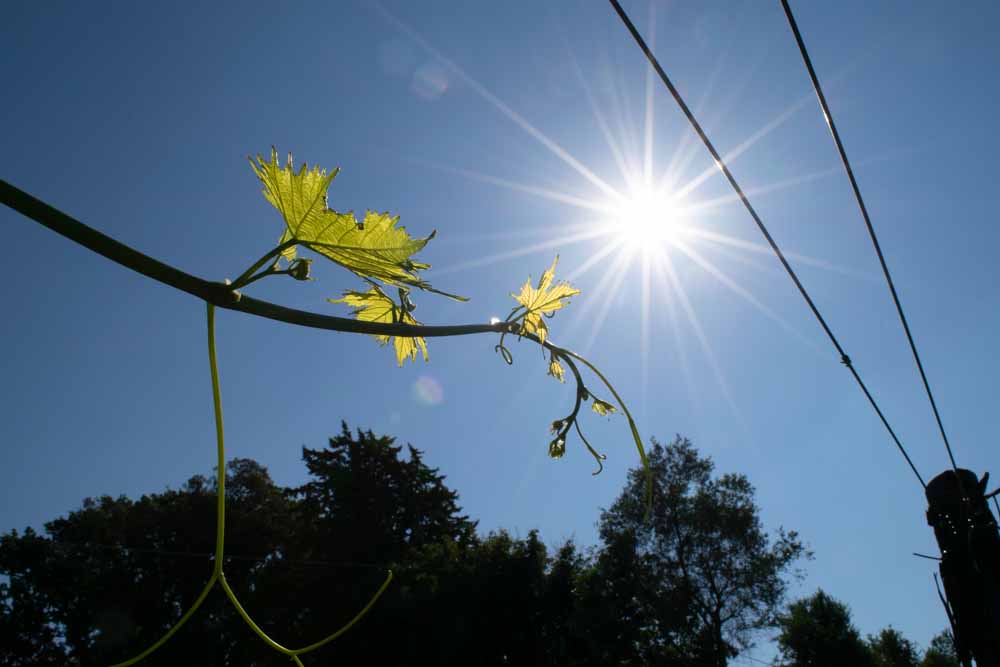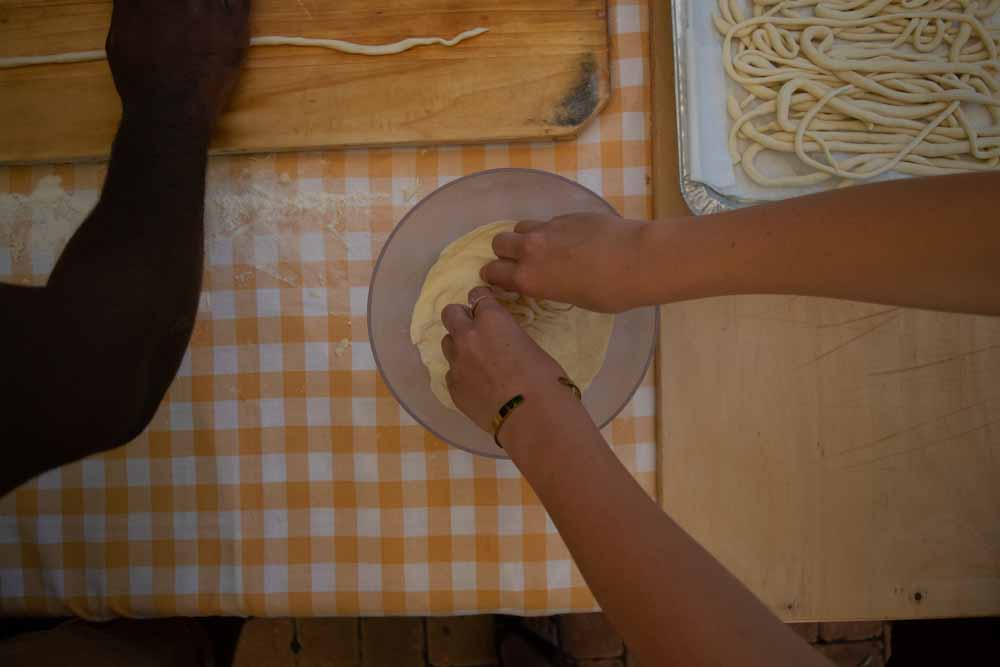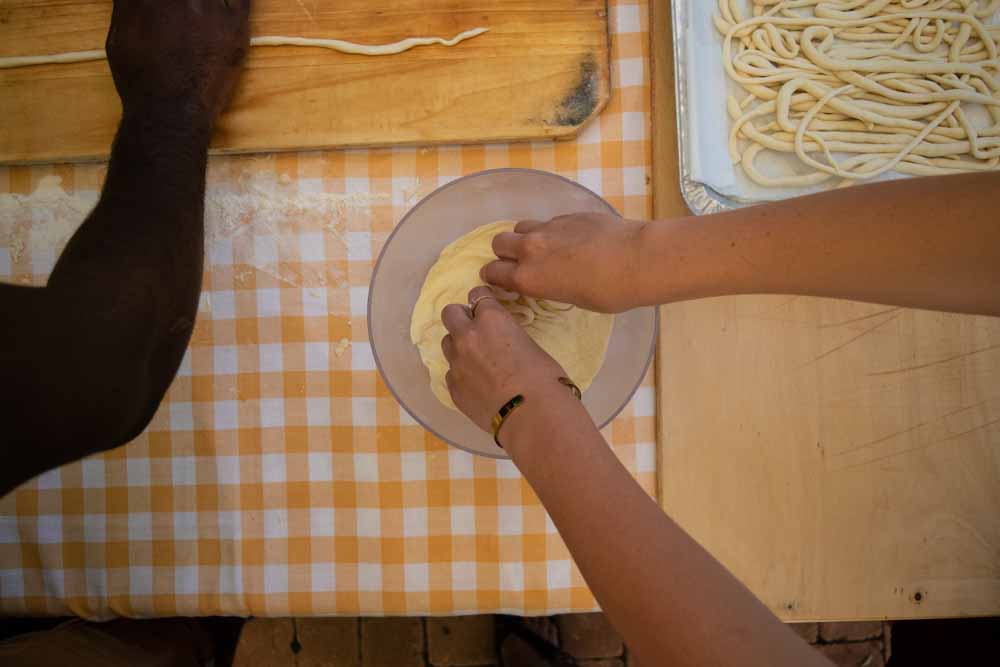How to pick the best photos from your tour
Editing can be more fun than taking the actual photos for some, but for most of photographers, editing is painstaking. As rewarding as it is to hold up that perfect image, it can take a hours of sifting through shots that look more or less the same. Maybe the subject’s head tilts different in each Piazza del Popolo portrait, or maybe it’s something as subtle as the way the flag billows in the background of Castel Sant’Angelo.
Often, it comes down to a simple phenomenon: where is our eye drawn? Take a minute to pull up each shot from your Rome Photography Workshop tour. Make the thumbnails big, with a handful of images visible at one time. Now, leisurely scroll through the thumbnails. Mark images that catch your eye first (worry about the technical mistakes later). Which images really stand out to you? Maybe you have an affinity for contrast or color balance, or maybe you tend to focus on people, faces, or hands. Keep in mind your signature style if you have one, and pick out the shots that match what you like. Try not to worry about the images you think other viewers would prefer. After all, maintaining a signature style is important.
Once you have a selection of “eye-catching” images, try to narrow those down. Which ones have mistakes or awkward moments? Can these mistakes be fixed in post-production? Things like color tint, cropping out edges, or exposure can usually be solved in post-production with a simple photo-editing program. For images with hard/impossible to fix errors like distracting or blown-out lights, awkward intersections, or off-moments … put those images aside for now. Depending on how many images you want to showcase, they may not be needed, and it’s better to show the photos with the best quality of work – down to the last detail. A subtle change in light or expression can make all the difference.
Take these photos of a grape vine: Which image catches your eye more? Would you prefer the photo of brighter exposure, or the photo with a more balanced exposure? Take note of the way the light falls on its leaves. Take note of the intersections in each image. In the second image, the vine intersects with the trees in the horizon, disrupting the serenity of the photo. In the third picture, the vine twines gracefuly towards the sun, framed perfectly by the blue sky and trees.
Or take, perhaps, these photos of a pasta making event in Siena, Italy. Which of these photos represents the most symmetry? There’s a slight tilt to the camera that messes up the symetry of the first photo, but that can easily be fixed in post. Which photo seems the most engaging? In terms of pleasing graphics, the leading lines her hands form towards the focal point of the image give the second photo that added boost. Small things like highlight and exposure can be fixed in post production, where we get a more vibrant end-product.
When in doubt, ask a friend! Whether they know the techniques behind photography or not, a fresh pair of eyes always helps move things along. Don’t hesitate to take a tour with Rome Photography Workshops and work one-on-one with professional Roman photographers.
We offer workshops with themes of Morning Light, Evening Light, Street Photography, Food Photography and more.
– Kirby Caraballo






